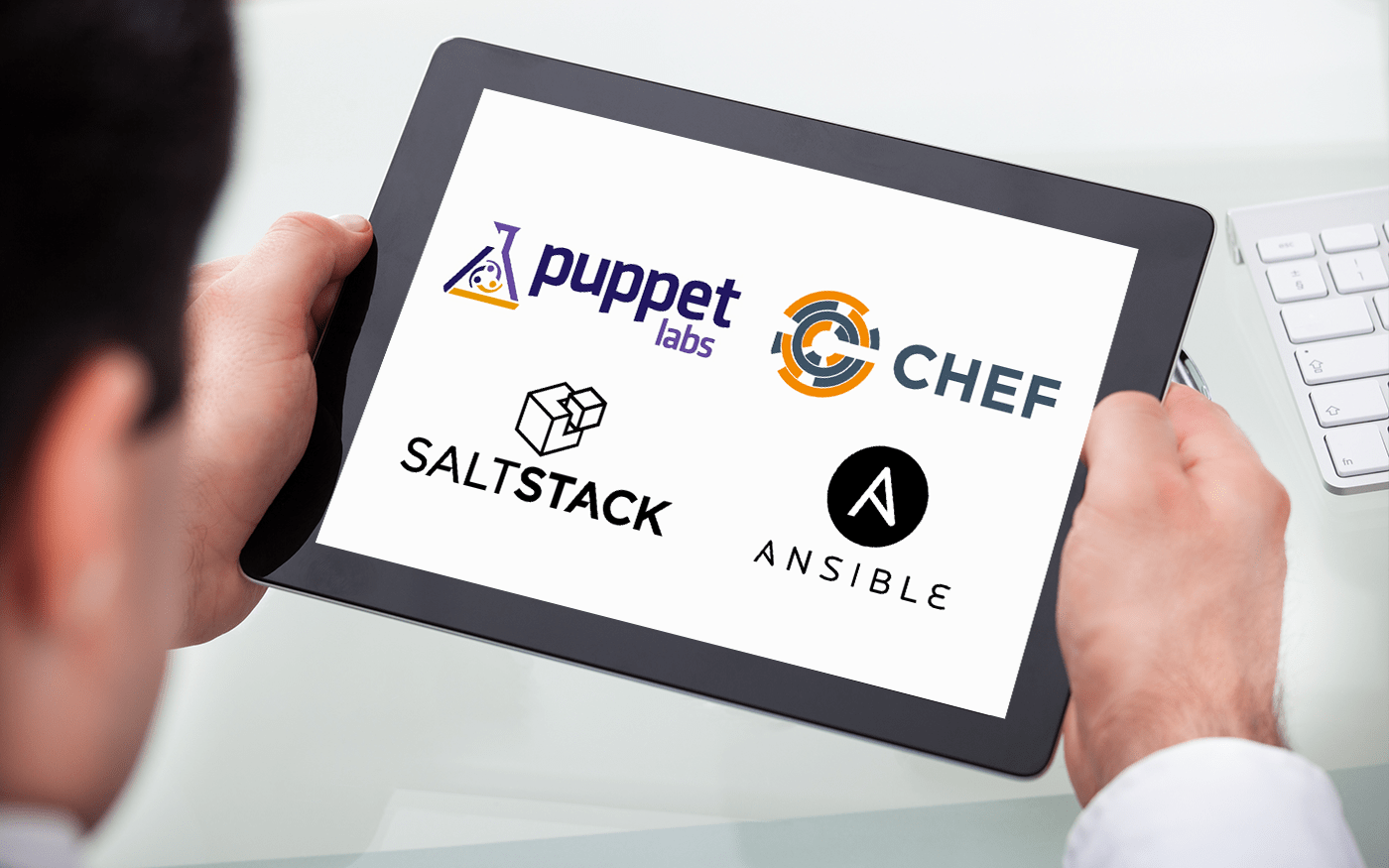If you want to improve your software development process, DevOps is the place for you to start.
DevOps is a philosophy and approach to IT operations that emphasizes collaboration and communication between development and operations teams. It aims to make the process of software delivery faster, more reliable, and more secure. DevOps helps teams operate efficiently, increase their velocity, and most importantly, achieve consistency and predictability.
In order to maximize value from your DevOps efforts, you need to first assess your current level of DevOps maturity and then identify the areas where you can make the biggest impact.
What should you do to boost your DevOps efforts?
Below are some ideas to help your organization advance down the path of DevOps.
1. Automate everything
Full automation can be difficult to achieve. But automation is the key to a successful DevOps practice. You need to automate as many tasks as possible in order to improve the efficiency, reliability, and security of your software development process.
You can begin by automating tests for code as well as infrastructure. Automated regression tests whenever any changes are applied can help identify issues before they go to production.
You can also automate the responses to any issues being detected. This will help save time when addressing errors and improve your overall process.
Read Role of DevOps in Software Development Process
2. Implement CI/CD
Continuous integration (CI) is the practice of merging all code changes into a shared repository several times a day. This helps to find integration issues early in the development process, which you can then address before moving on to other stages.
Continuous delivery (CD) is the practice of automating deployments so that every change goes through an automated release pipeline to production. Continuous delivery reduces code defects, improves organizational efficiency, and enables faster time to market.
Implementing CI/CD is a key step to boost your DevOps efforts and bring you closer to DevOps maturity. This will help to reduce obstacles in deployment and allow your developers to push small updates independently while also lowering the business risk.

3. Use feature flags for easy rollbacks
In the case of any disruption to your production environment, you need a contingency plan that can help you address the issue quickly.
One way to set this up is through feature flags. Feature flags allow you to release new features to some users while hiding them from the general user base. This allows you to control how widely they are deployed, based on testing results.
Using feature flags, you can isolate parts of your application’s features and turn them on or off. Feature flags can also help you to roll back deployments to the previous version, or push workarounds for issues rather than full fixes that require a complete release. In this way, feature flags help to reduce the risk of failures, allowing you to deploy more often and more confidently.
4. Use microservices
Microservices architecture is becoming more and more popular with DevOps teams. The principle behind it is simple: build and deploy application components that can work independently of each other.
A microservices-based architecture allows each team to work autonomously on their requirements while still building a cohesive product. Different teams working on different parts of the application without conflict helps to increase velocity and decrease time to release. It makes it easier for you to automate more of your process and allows you to quickly roll back if something goes wrong.
Microservices also make it easy to scale an application up or down as needed. You can add more instances of a particular service when demand increases and remove them when demand drops. This helps to optimize your use of the available resources.
5. Implement DevSecOps
As your organization moves towards DevOps maturity, it’s important to ensure that security is not left behind. But with more frequent releases, it’s harder to sustain traditional security practices. This makes it important to incorporate security earlier in the development process.
This is where DevSecOps comes in. This term refers to the integration of security practices into the DevOps workflow.
DevSecOps emphasizes the importance of security from the start, rather than testing for security problems after a release. With DevSecOps, your developers, IT staff, and security professionals will be able to work more collaboratively on the same team. This ensures that any vulnerabilities are addressed early and prevented from becoming bigger problems later on.
Read DevOps vs. DevSecOps: What Is the Difference?
6. Implement thorough checks
No system is perfect and mistakes will happen. But the cost of a mistake can be high when dealing with software. This is especially true in a DevOps environment where speed and efficiency are key.
That’s why it’s important to have checks in place to prevent mistakes from happening or at least limit the damage they can cause.
Within your CI/CD pipeline, you can implement checklists and include multiple peer reviews to ensure that code deploys only if all critical checks are passed. This will help to protect your production environment and maintain quality standards at all times.

7. Enable proactive monitoring and alerts
To boost your DevOps efforts and ensure the smooth running of your application, you need to find out about issues before they escalate, and that means implementing a monitoring system. Monitoring allows DevOps teams to quickly detect problems in their production environment and fix them before they affect end users.
The number of tools available for this makes it easy for you to implement a monitoring system. These tools can help you to monitor performance, efficiency, and security issues, and quickly resolve any problems that are flagged. In the event of any failures, notifications can be sent via Slack, email, or other channels to immediately alert your team.
You need to be able to monitor not just applications and infrastructure but also processes as well as team performance. Proactive monitoring will help you to detect issues early, gain visibility into the processes that are most critical to your success, and enable faster problem resolution. This is one of the most important steps towards DevOps maturity.

8. Improve collaboration
Finally, always strive to improve cohesion and collaboration between development and IT operations teams. This involves breaking down the barriers that often exist between these groups and enabling them to work together towards a common goal.
Collaboration starts with communication. Development and operations need to be able to share information easily, both within their own team and across the organization. By working together, developers and operations staff can ensure that the right infrastructure and processes are set up to support your application.
Read 5 Ways Agile and DevOps Helps Drive Digital Transformation
Achieving DevOps maturity is a journey with many steps
DevOps is about more than just tools. The shift towards DevOps involves adopting new technologies, changing existing workflows, and much more. The move to DevOps maturity is a journey, and there is no one-size-fits-all path to get there. However, the steps above provide a good starting point for you to boost your DevOps efforts and progress along your own journey. As your organization progresses along this path, you’ll see corresponding improvements in the way it works and the products and services it provides.
On your journey towards DevOps maturity, be sure to stay focused on facilitating smoother collaboration between development and operations teams. This is the key to moving faster, deploying more often, and achieving consistency. This will help you to keep your journey on track and pave the way for an effective DevOps practice.
Read Everything You Need to Know About DevOps Maturity Model












